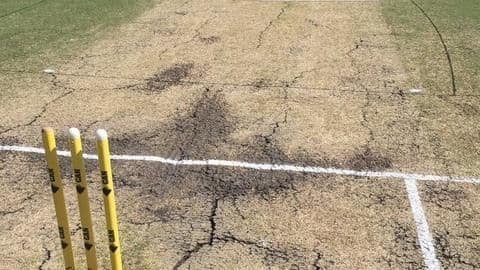Dry Pitch Is Good For Batting Or Bowling
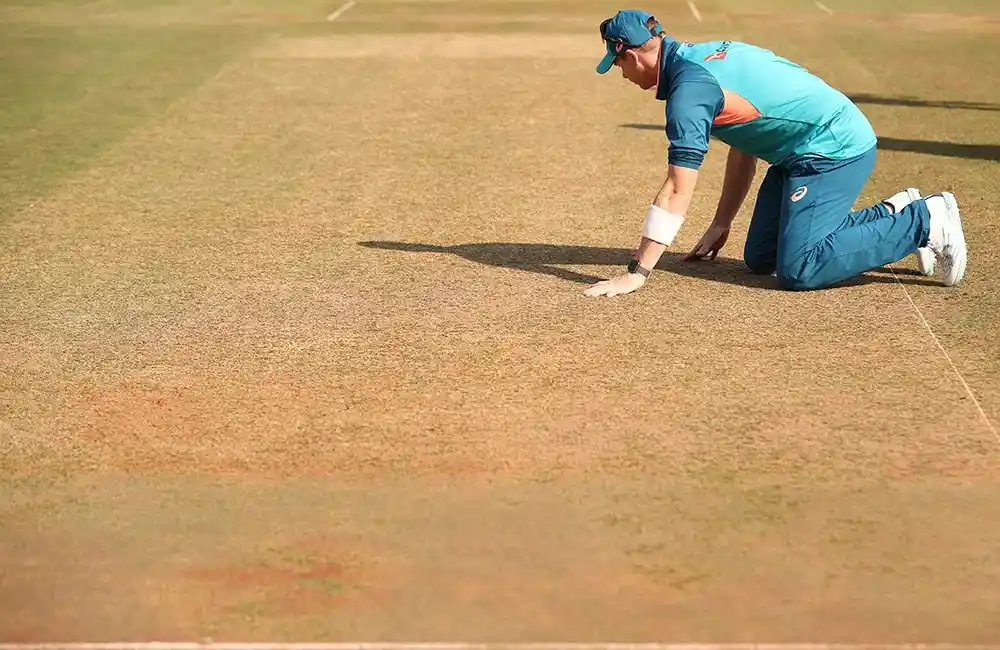
In cricket, the pitch is a crucial element that significantly impacts the game. A dry pitch, characterized by its hard and often cracked surface, can alter the dynamics between batting and bowling. Understanding how a dry pitch affects each aspect of the game is essential for teams to strategize effectively.
Dry Pitch and Batting
- Bounce and Carry: On a dry pitch, the ball typically bounces more consistently, which can be advantageous for batsmen. A predictable bounce allows batsmen to play their shots with greater confidence and precision. The even bounce facilitates better shot selection and timing.
- Spin: Although the pitch may provide good bounce, a dry surface can also aid spin bowlers. However, for batsmen, it’s essential to recognize that a dry pitch can become increasingly challenging as the match progresses. The cracks and wear on the pitch can make the ball turn sharply, which can disrupt the rhythm of even the most experienced batsmen.
- Durability: A dry pitch generally remains firm throughout the game. This durability helps in maintaining a consistent batting surface, which can be beneficial for players who are able to adapt to the pitch conditions early in their innings.
Dry Pitch and Bowling
- Spin Bowling: Dry pitches are often more conducive to spin bowling. The cracks and rough patches on the surface can offer additional grip and turn for spinners. As the pitch wears down, the ball may spin more sharply, providing spinners with an edge over batsmen.
- Pace Bowling: For pace bowlers, a dry pitch can be both an advantage and a challenge. While the firm surface can support fast bowlers by offering bounce, it may also reduce the effectiveness of seam movement. Pace bowlers might find it harder to extract seam movement, which can limit their impact if they rely heavily on this aspect of their bowling.
- Wear and Tear: As the game progresses, a dry pitch tends to deteriorate. This wear and tear can assist bowlers who can exploit the changing conditions. Spinners, in particular, benefit from the increasing roughness, while pace bowlers might find themselves adjusting their strategies to cope with the evolving pitch conditions.
The Best Batsmen in Cricket
1. Sir Donald Bradman
Often regarded as the greatest batsman of all time, Sir Donald Bradman’s career batting average of 99.94 in Test cricket is a testament to his unmatched skill and consistency. The Australian legend dominated the game during the 1930s and 1940s, redefining batting excellence with his impeccable technique and exceptional judgment. Bradman’s influence on cricket is profound, setting a benchmark for future generations.
2. Sachin Tendulkar
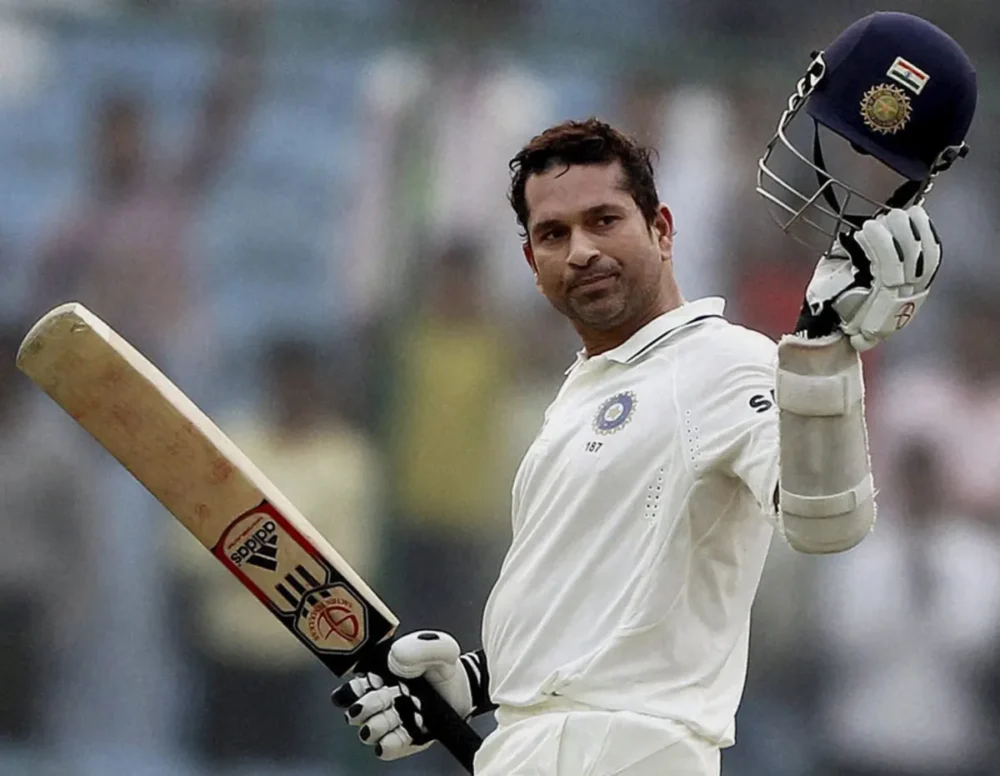
Known as the “Little Master,” Sachin Tendulkar is one of the most celebrated batsmen in the history of cricket. Over his illustrious career, Tendulkar amassed more than 34,000 international runs, including 100 international centuries. His adaptability across all formats of the game and his longevity made him a pivotal figure in cricket, inspiring countless young players worldwide.
3. Virat Kohli
Modern cricket’s sensation, Virat Kohli, has established himself as one of the best batsmen of his generation. With a blend of aggressive stroke play and solid technique, Kohli has accumulated numerous records, including the fastest to 8,000, 9,000, 10,000, and 11,000 runs in ODIs. His ability to chase down targets and perform in high-pressure situations makes him a formidable opponent and a cricketing icon.
4. Brian Lara
The West Indian maestro Brian Lara is renowned for his flamboyant style and record-breaking performances. Lara holds the record for the highest individual score in both Test and first-class cricket, with 400 not out and 501 not out, respectively. His ability to dominate bowling attacks and play monumental innings has cemented his place as one of cricket’s greatest batsmen.
5. Ricky Ponting
Ricky Ponting, one of Australia’s most successful captains, was also an outstanding batsman. With over 27,000 international runs and 71 international centuries, Ponting’s career was marked by consistency, resilience, and exceptional leadership. His aggressive batting and ability to anchor innings under pressure made him a key figure in Australia’s dominance in the early 2000s.
6. Rahul Dravid
Known as “The Wall” for his solid technique and resilience, Rahul Dravid is celebrated for his incredible skill in both Test and ODI formats. Dravid’s ability to play long innings and his unwavering concentration were crucial for Indian cricket, especially in challenging conditions. His contributions as a batsman and a mentor continue to be highly respected in the cricketing world.
7. Kumar Sangakkara
Kumar Sangakkara, the Sri Lankan wicketkeeper-batsman, is renowned for his elegant batting and sharp cricketing mind. With over 28,000 international runs and a string of centuries, Sangakkara’s technique and versatility across formats showcased his remarkable talent. His leadership and contributions to Sri Lankan cricket have earned him a revered place in cricket history.
The Best Bowler in Cricket
Criteria for the Best Bowler
- Consistency: A top bowler must consistently perform at a high level across various conditions and formats. This includes maintaining a strong economy rate, taking crucial wickets, and adapting to different pitches and weather conditions.
- Impact on Matches: The best bowlers are those who can turn the tide of a match with their performances. This often means taking key wickets at critical moments and having the ability to deliver match-winning spells.
- Adaptability: Great bowlers can adjust their strategies based on the conditions, opposition, and format of the game. Whether it’s adapting to a spinning track or a green top, adaptability is a key trait of the best bowlers.
- Statistical Excellence: While statistics alone don’t define a bowler’s greatness, they offer insight into their performance. Key metrics include wickets taken, bowling average, strike rate, and economy rate.
Legendary Bowlers
- Shane Warne: An Australian leg-spinner, Shane Warne is widely regarded as one of the greatest bowlers of all time. His unique ability to turn the ball sharply and his remarkable cricketing brain made him a dominant force in Test cricket. Warne’s career is highlighted by his 708 Test wickets, the most by any leg-spinner.
- Muttiah Muralitharan: Sri Lanka’s Muttiah Muralitharan holds the record for the most wickets in both Test and One Day International (ODI) cricket. With 800 Test wickets and 534 ODI wickets, his incredible off-spin and unconventional action made him a challenging bowler for any batsman.
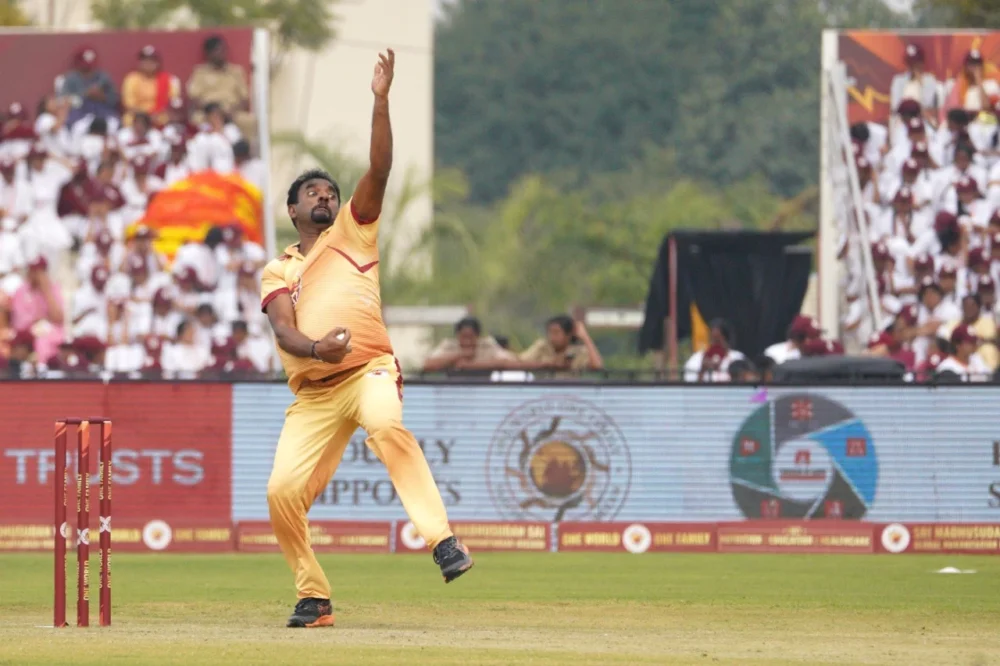
- James Anderson: England’s James Anderson is one of the leading fast bowlers in the modern era. With a remarkable ability to swing the ball both ways and perform in various conditions, Anderson has established himself as one of the greatest bowlers of his generation.
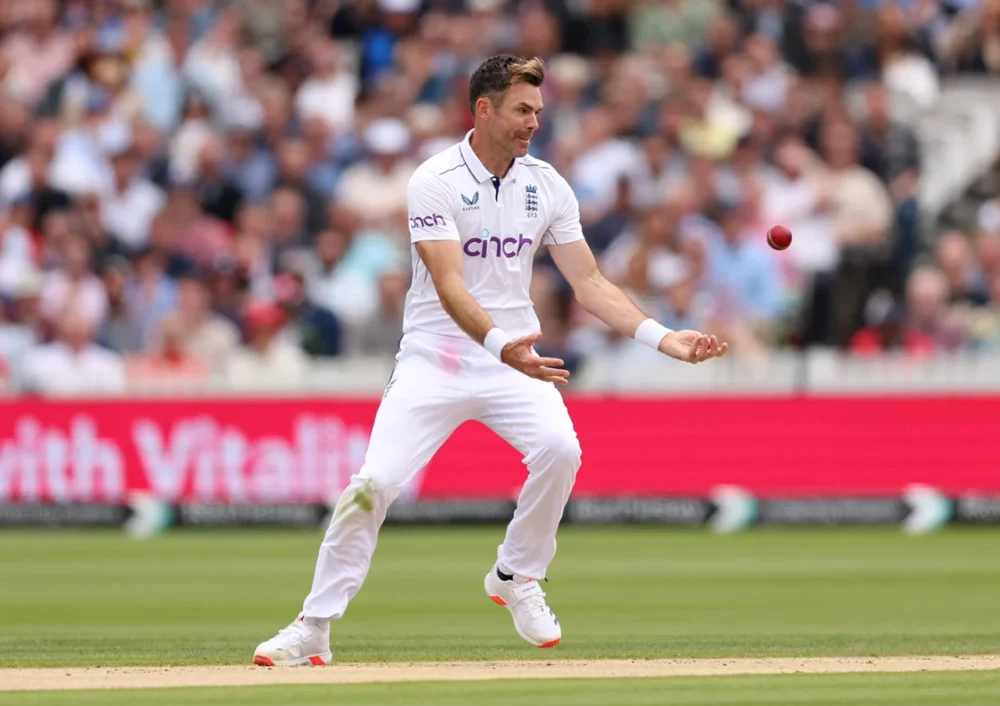
- Dennis Lillee: Australia’s Dennis Lillee was renowned for his aggressive fast bowling and remarkable fitness. Lillee’s career is marked by his 355 Test wickets and his ability to perform in challenging conditions, making him one of the great fast bowlers in cricket history.
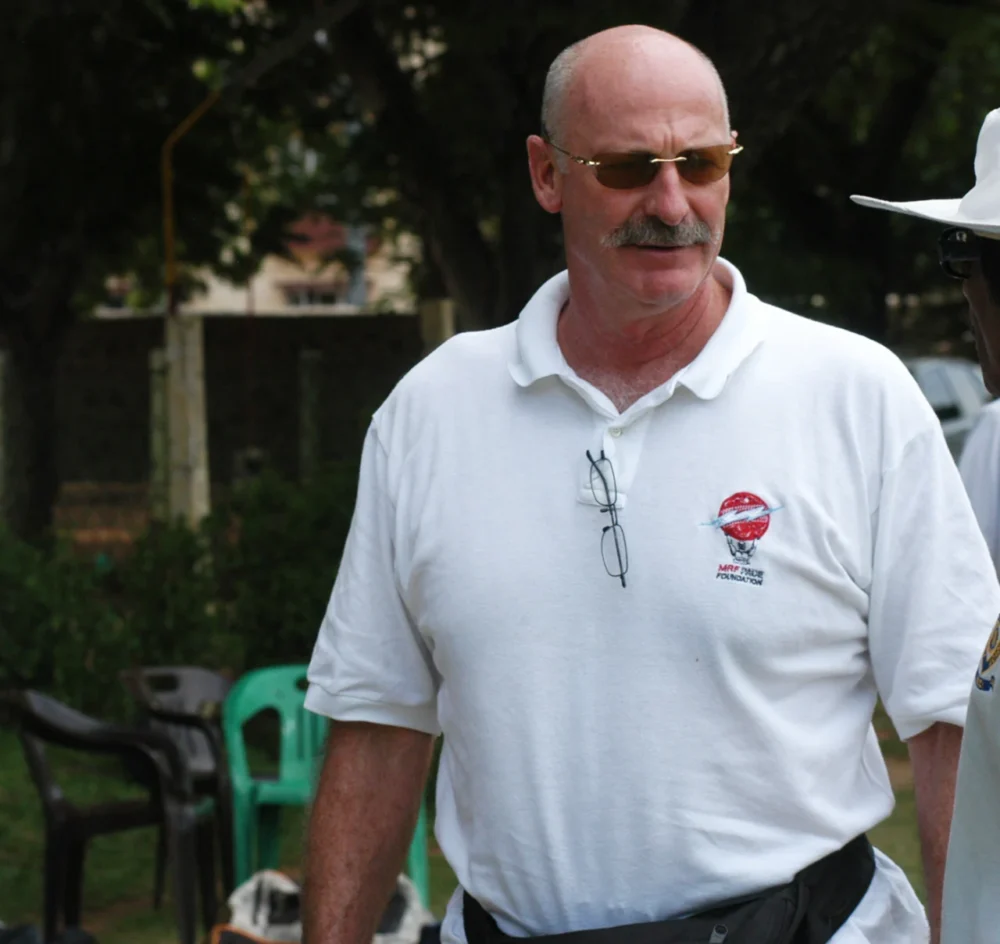
Conclusion
A dry pitch presents a complex challenge that influences both batting and bowling. For batsmen, it offers a relatively consistent bounce initially but may become difficult as the match progresses due to increased spin and uneven wear. For bowlers, particularly spinners, a dry pitch provides an opportunity to exploit the surface’s changing nature.
Ultimately, the effectiveness of a dry pitch depends on the players’ ability to adapt to its conditions and devise strategies that leverage its characteristics. Both batsmen and bowlers need to stay alert and flexible to make the most of the pitch’s opportunities and overcome its challenges.

